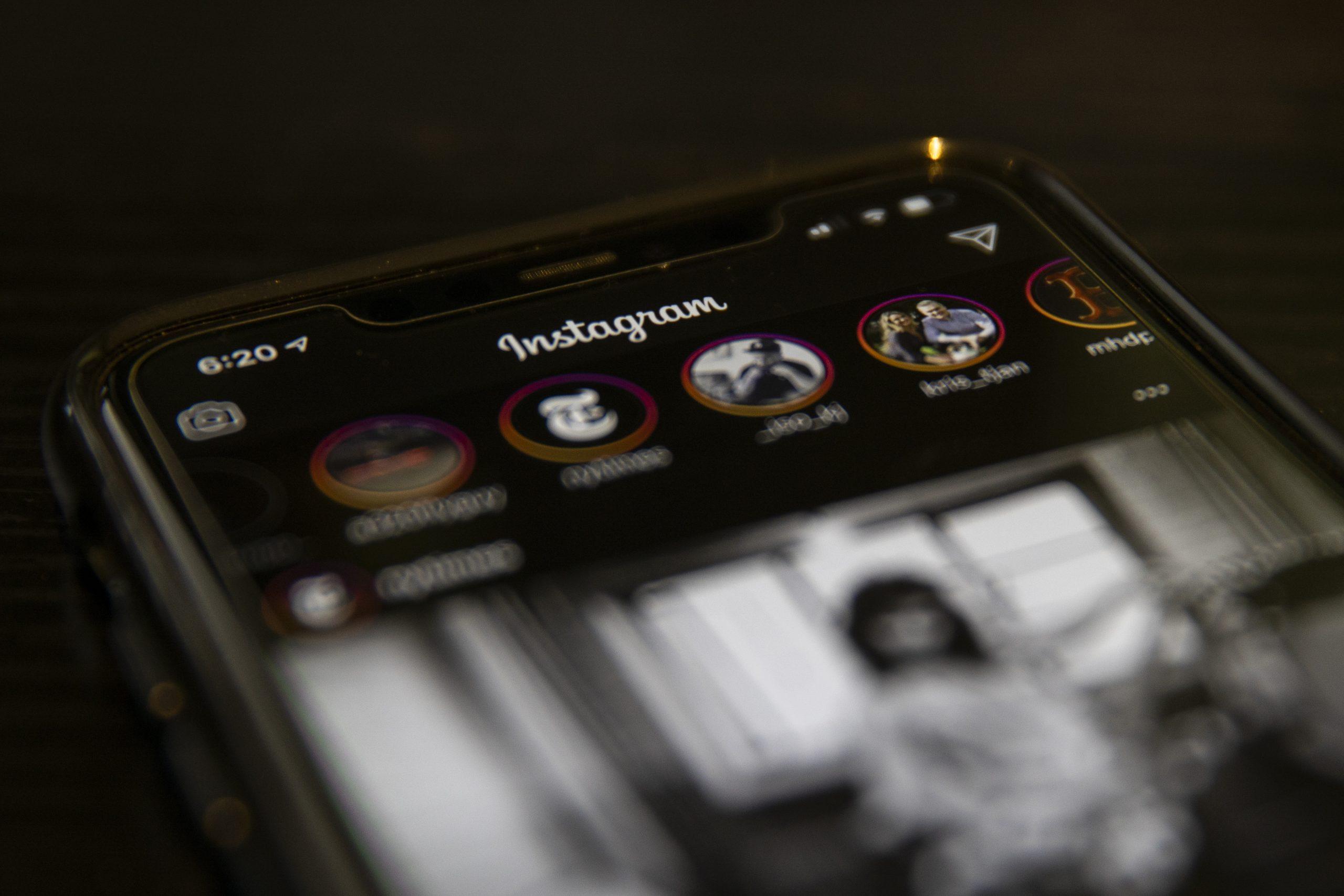Names of the women interviewed for this story are omitted out of concern for their safety.
At least nine St. Joe’s women, primarily students of color, received violent sexual messages and death threats from an anonymous Instagram account since early September.
According to Arthur Grover, director of the Office of Public Safety & Security, Public Safety received the first of nine official complaints on Sept. 15.
The Instagram account is no longer active, and the owner has not yet been identified, according to Grover.
“The investigation continues,” Grover wrote in an email to The Hawk. “There have been no further reports of this kind since the investigation has commenced.”
The ongoing investigation is being conducted in collaboration with the Philadelphia Police Southwest Detective Division, St. Joe’s Information Technology Chief Security Officer, Philip Ichinaga and Lexi Morrison, director of the Office of Title IX and Equity Compliance and chair of the university’s Bias Activity Response Team, according to Grover.
Ichinaga did not respond to requests for information, but Morrison said while the university can’t issue warrants to search for the perpetrator, they can work internally with The Office of Information and Technology to identify certain activity on the St. Joe’s server.
“Essentially what we’ve done is interviewed all of the people who made reports and then followed up on any information they were able to provide,” Morrison said.
The Hawk interviewed four women who received threats. One woman said she received multiple threatening messages from the anonymous account but has not received any since the account was removed from Instagram.
She said she has since been very cautious about what she posts on social media and where she goes out in public.
“The first week was really tough,” the woman said. “I was very paranoid.”
The Hawk confirmed at least seven of the nine women involved in the Public Safety reports were women of color.
As chair of the Bias Activity Response Team, Morrison took the lead on addressing the harassment of the women affected.
“I didn’t ask for the race and ethnicity of all the students to confirm, so I don’t want to give an exact number because I truly don’t know,” Morrison said. “But I will say that there were a number of women of color who were contacted. In terms of being targeted for race, I’m not sure that conclusion has been reached, but it’s certainly not ruled out.”
Morrison said athletes were targeted as well.
“Since there were multiple women on the track team who received the messages, that’s why we reached out practically to the entire group of women’s track and field,” Morrison said.
Morrison said she met with members of the St. Joe’s women’s track and field team on Sept. 18 to address the situation. Athletes from other teams were invited to attend as well.
“Jill asked us to come and offer support and services to other people in case they were being impacted and had not made a report yet, or just if they were hearing about it and were understandably upset and scared,” said Morrison, referring to Jill Bodensteiner, J.D., director of athletics. “We were there to offer our support and give some context as to what’s going on.”
Other women The Hawk talked to said they received little to no communication from the university after they made reports.
Public Safety posted a Campus Safety Advisory on The Nest and the university posted a 24-hour Instagram story about the threats on Sept. 17.
The woman who was harassed said she missed the university’s advisories but saw something about the harassment on Barstool St. Joe’s, a popular Instagram account for St. Joe’s students. She said it would have been a good idea for the university to spread the word with a more widespread announcement.
“It might have been in part not wanting to scare people,” the woman said. “But this is the way that everyone gets information now. If you can use [university emergency notices] for snow days, I feel like you could use it for someone threatening women on this campus.”
Another woman who received threatening messages from the account told The Hawk she first heard about the harassment through a friend’s Instagram story, then received a threat herself two days later.
“I literally wouldn’t have known what to do if I got that [threat] and hadn’t seen the Instagram post,” the woman said. “I just wouldn’t have known what to do.”
Morrison said she has continued to reach out to the women affected in the process of trying to identify the sender of the threatening messages.
“At this point, since there haven’t been developments since the last time we were connected, I’ve been mostly offering resources and checking in to see if people are okay if anything new has happened, or if there’s anything we can do to increase security or safety,” Morrison said.
Some of the women The Hawk interviewed, though, describe spotty follow-up communication from the university.
One woman said she has not heard anything from Public Safety after initially filing a report of death threats with a university investigator. She said her calls to Public Safety went unanswered, so she filed a report with the Philadelphia Police, who directed her to the District Attorney’s office. She said that somebody at the office told her they were unable to help because there was no funding for investigating social media harassment.
The Hawk was unable to reach anyone at the Philadelphia precinct where the woman filed reports.
Nicole R. Stokes, Ph.D., associate provost for Diversity, Equity and Inclusion, said she learned about the incidents from the Bias Activity Response committee, which she serves on. She said Public Safety and Title IX have taken the lead on the case.
Students should continue to report incidents of bias or harassment in order to keep the community safe, Stokes said.
“One instance is too many instances,” Stokes said.“We want to really build community trust to report these incidents to the university.”














































